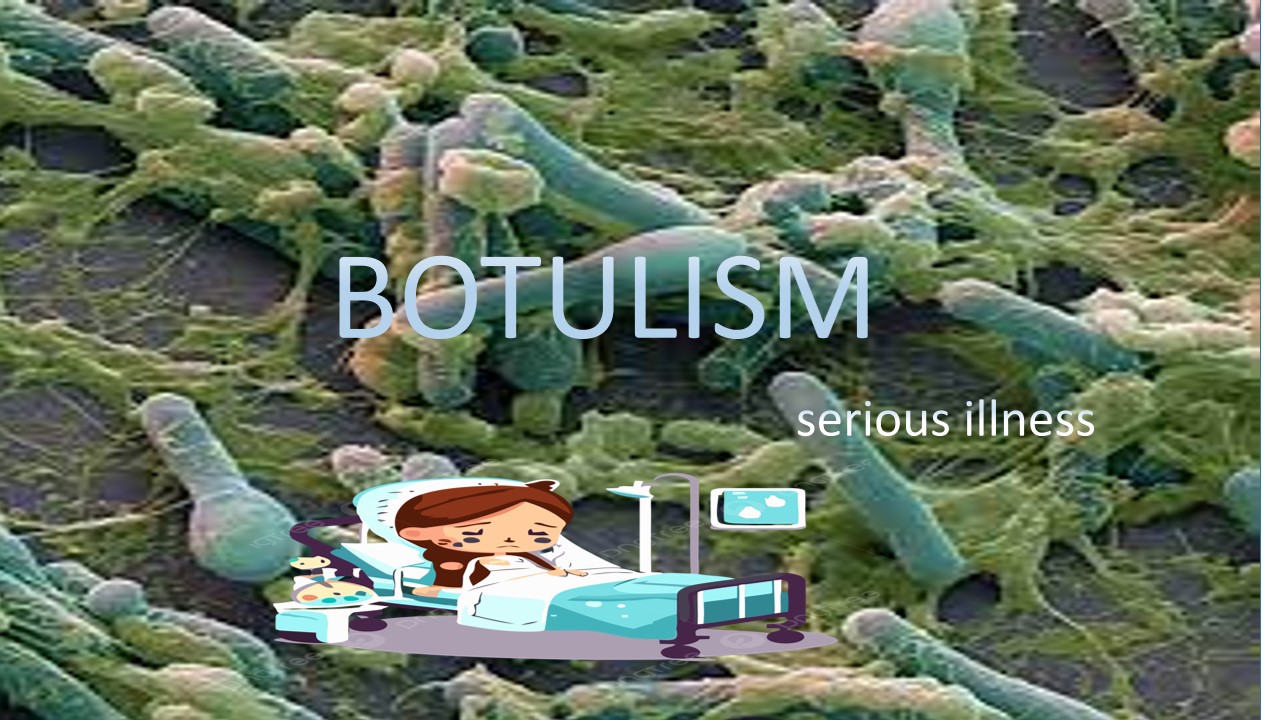
Botulism
Botulism is a food-born disease. It is caused by the bacterium Clostridium botulinum (C.botulinum). Botulism is a rare condition but a life-threatening disease. C.botulinum is emit the neurotoxin, neurotoxin is a poison that attack to the nervous system. It can lead to paralysis. Botulism is related to food poisoning, It may happen due to improper or unhygienic handling or storage of canning fruits and vegetables. Because improper storage of foods might raise the c.botulinum on fruit or vegetable skin, when people consume it.People might get food poison or botulism.
Infant botulism, Wound botulism, Inhalation botulism, Adult intestinal toxemia, Iatrogenic botulim, These are the most common types of botulism and symptoms in the patient are shown depending on which type of botulism infected the people. Infant botulism is related to food, including contaminated honey. The spore enters the body and nourishes in the form of bacteria. C.botulinum releases toxins in the babies. Wound botulism: Botulinum spores rise into the wound and produce toxin. This type of botulism is associated with drug users. Who injected the drug from the skin rather than through veins. Inhalation botulism is a rare type of botulism. Adult intestinal toxemia: it is similar to infant botulism. It is germinated in the intestine and where it grows or spreads and develops colonies in the guts, which makes the condition more complex. Iatrogenic botulism: when people use more Botox(it is one type of drug which reduces the wrinkles in face and makes it smooth). It mainly affects the skin.
Sysmptom
- Difficulty swallowing
- Muscle weakness
- Double vision
- Drooping eyelids
- Blurry vision
- Slurred speech
- Difficulty breathing
- Difficulty in moving eyes
- Vomiting
- Nausea
- Stomach pain
- Diarrhea
Causes/ Risk factors
- improperly canned or preservation of food
- Unnoticed traumatic injury infected with C.botulium
- Contaminated soil
- Too much use of Botox(botulinum toxin)
Diagnosis
Microbiology Department: The stool sample is used as a specimen to diagnose botulism. The first step, to collect the specimen from the patient. then performed the bacteriological examination with microscopy examination to perform the culture plate method. to culture the feces using specialized media and technique in order to isolate the Clostridium botulinum. After the incubation of the plate in an incubator at 37C for 24 hrs, the Clostridium colonies grow on the media plate. To inoculate the single colonies and make a smear on glass slide , perform the staining technique(use gential violet) and observe under the microscope
Microscopy examination of stool, shows gram positive, rod shaped C.botulium
Reference:
1. https://www.cdph.ca.gov/Programs/CID/DCDC/Pages/IBTPP_Lab_Info.aspx
2. https://en.wikipedia.org/wiki/Clostridium_botulinum
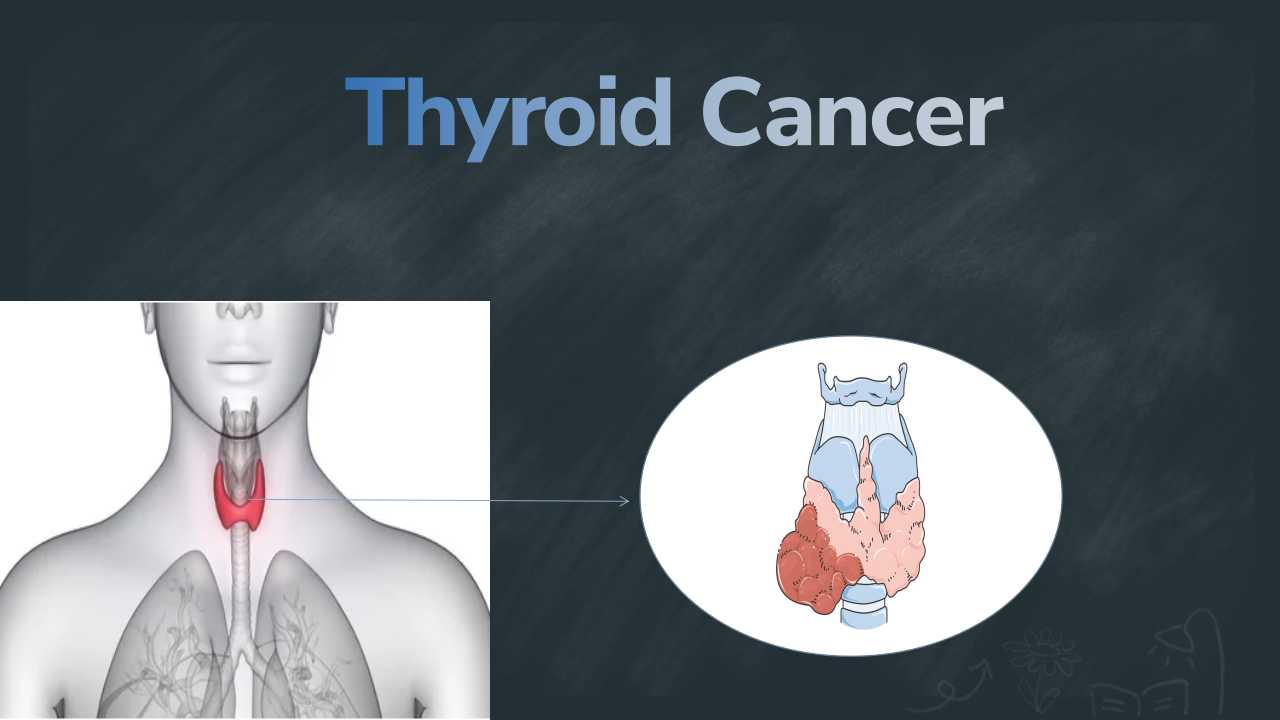
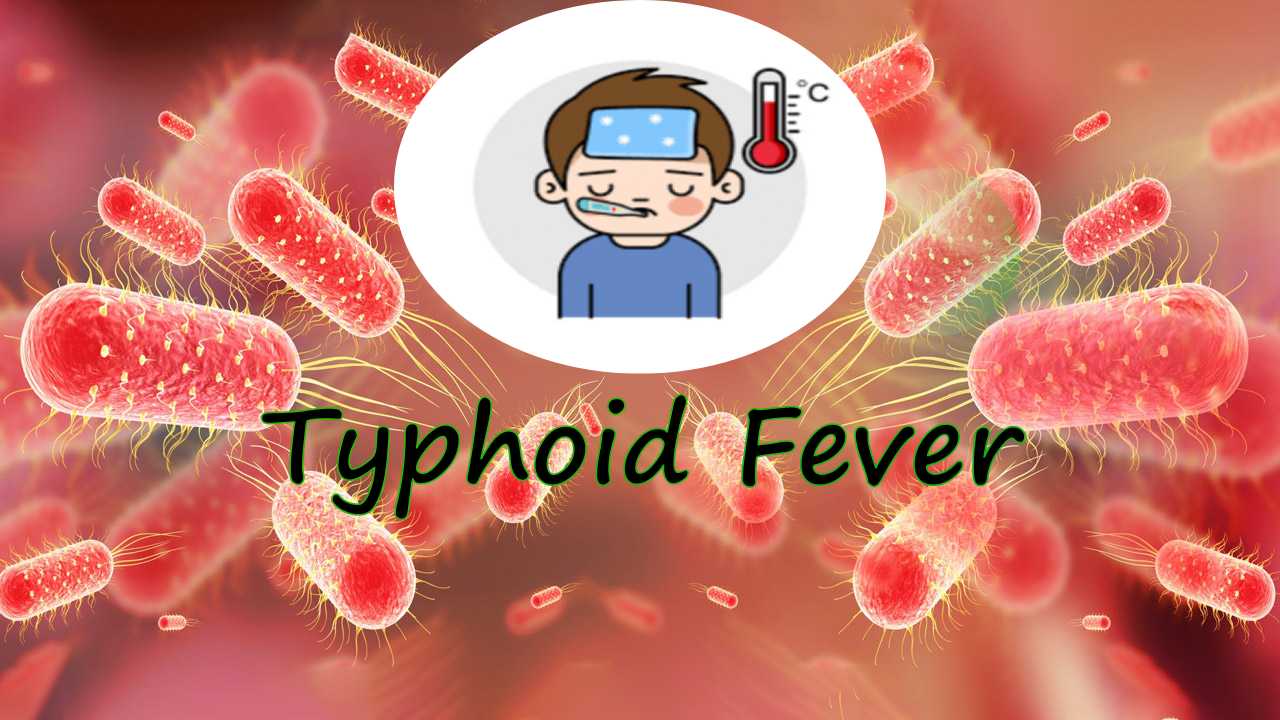
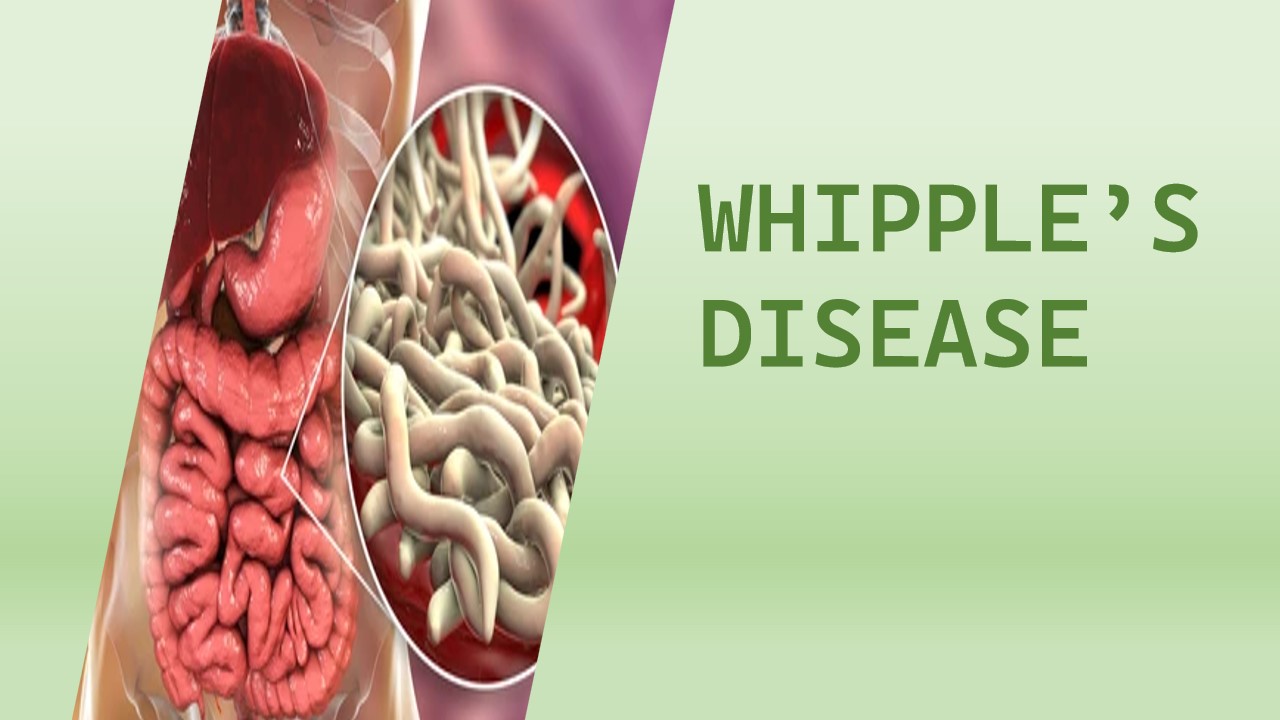
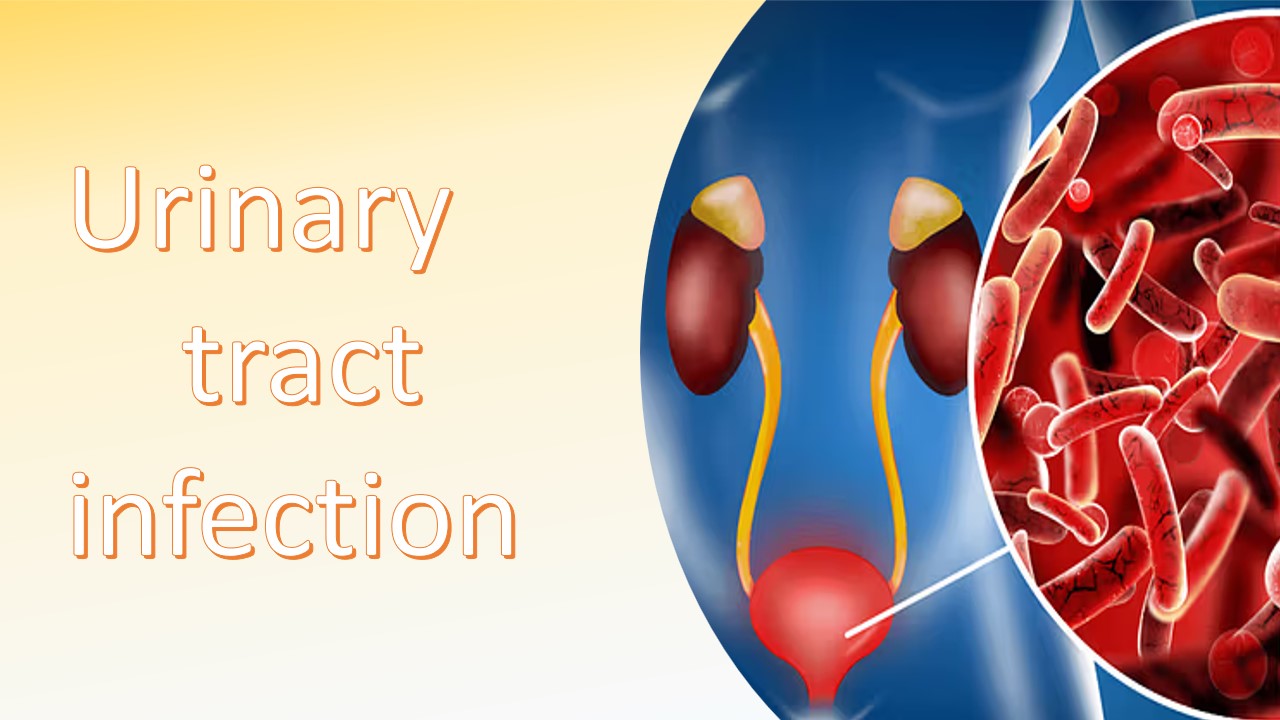
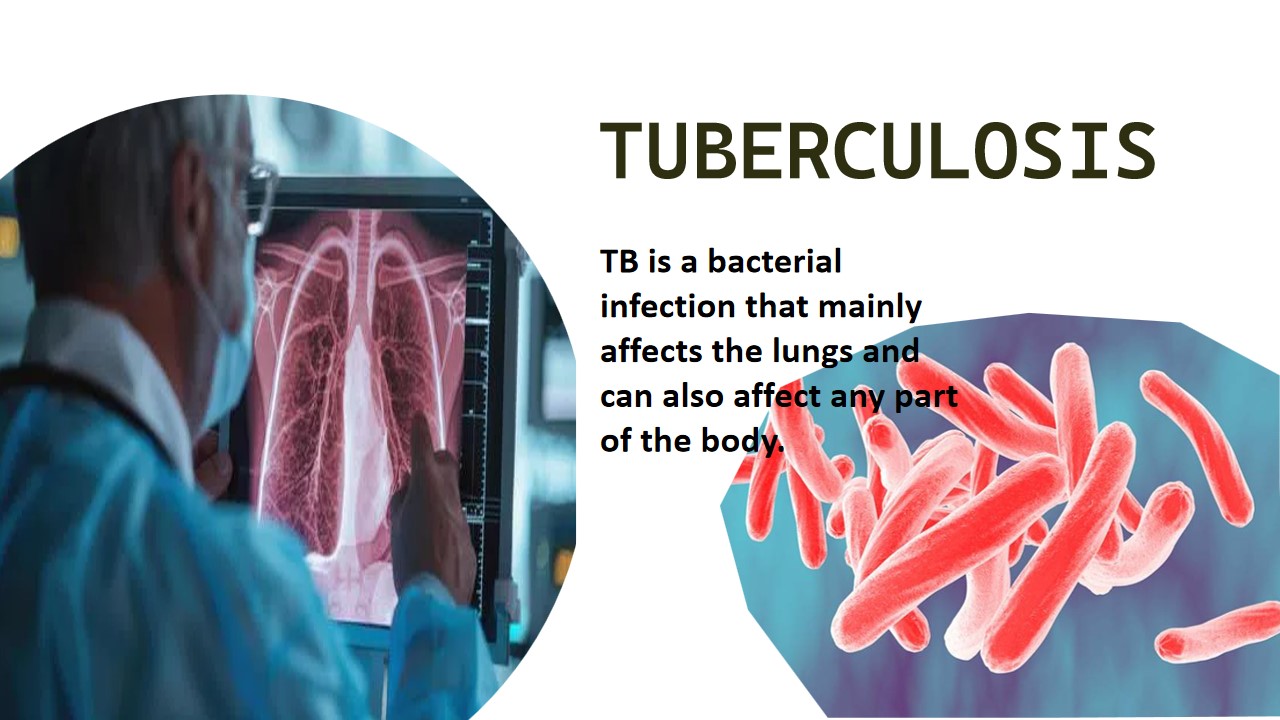
0 comments